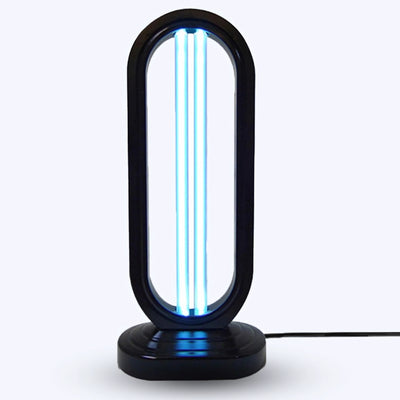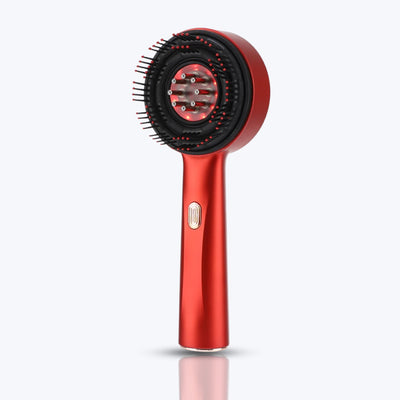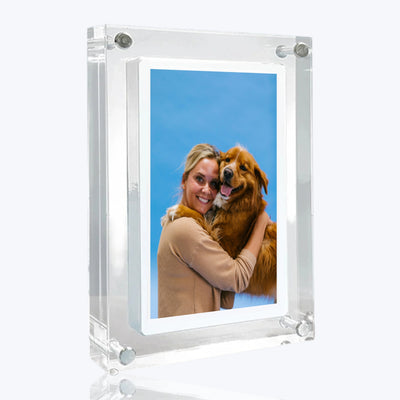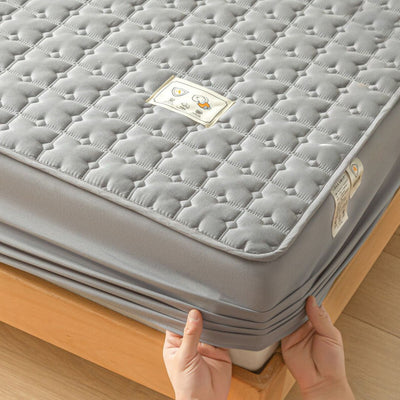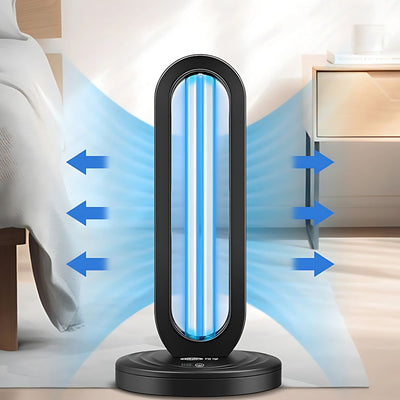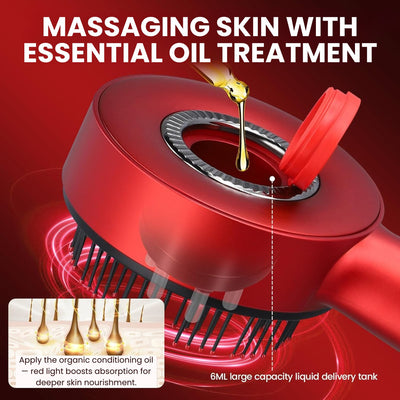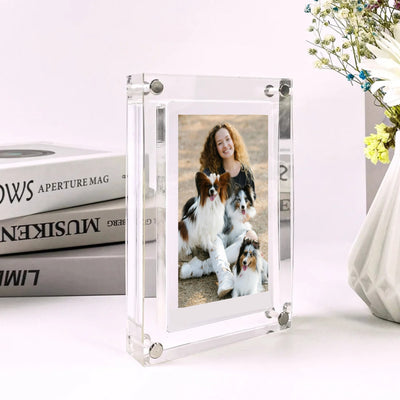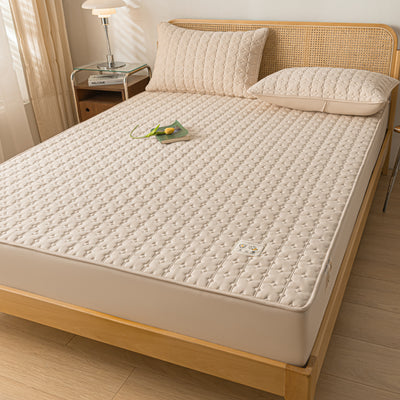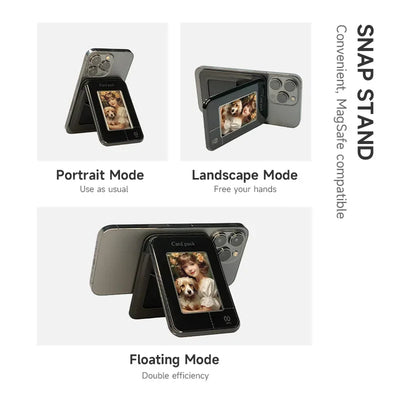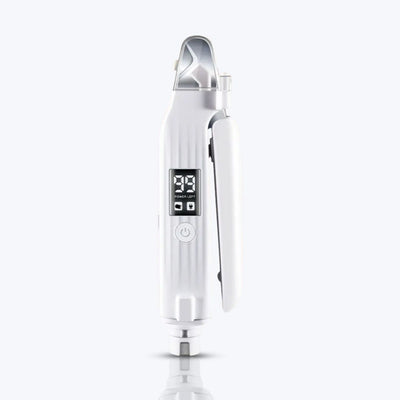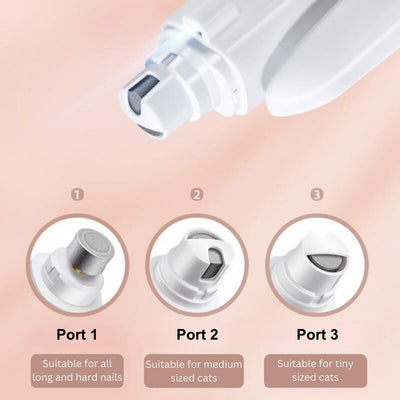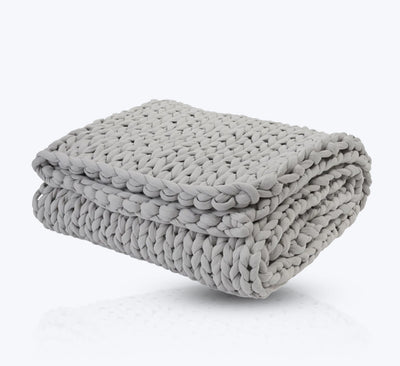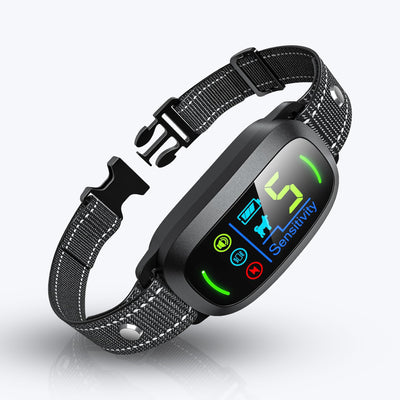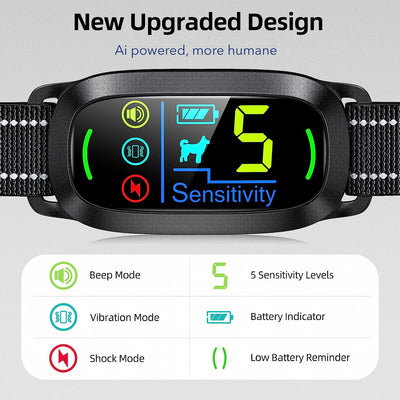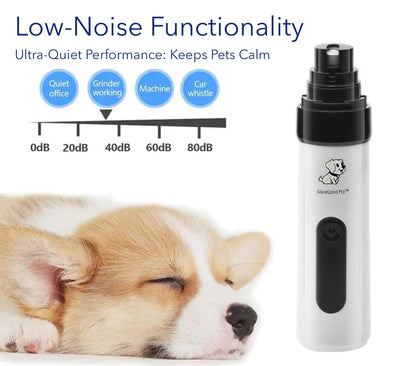You see your dog licking their paws constantly, scratching behind their ears, or throwing themselves into an all-out wrestling match with the carpet. At first, you think it’s just a one-off itch, maybe something stuck in the fur. But then it happens again. And again.
Suddenly, you’re standing in the kitchen Googling “why does my dog keep chewing their feet” while your dog gnaws away like they’re on a mission.
That’s the tricky thing about dog allergies. They don’t always make sense, and they rarely come with a clear cause. One day it’s itchy paws, the next it’s red ears, and before you know it, you’re switching foods, deep-cleaning your house, and holding your breath every time your dog goes outside.
But here’s the thing: while the symptoms often look the same, the triggers usually don’t. Food, pollen, fleas, they each leave a different trail. The key is learning to read those signs so you can stop managing the symptoms and start solving the problem.
Let’s break it down.
Environmental Allergies (Pollen, Dust, Mould)
Pollen allergies are a bit like seasonal hay fever, but instead of runny noses, dogs usually get itchy skin and inflamed paws. The trigger could be grass, mould, tree pollen or even dust mites. It depends on the time of year and where you live.
Common signs:
-
Licking or chewing paws after walks
-
Red skin on the belly or in armpits
-
Frequent ear infections
-
Head shaking or rubbing the face on furniture
Think of it like your dog walking through a cloud of invisible irritants and carrying it home on their coat. The irritation builds up slowly until the scratching becomes a full-time job.
What helps:
Start by wiping your dog’s coat and paws after outdoor walks. A soft towel works best, not the stiff bath ones, but something gentle and fast-drying like Quick-Drying Microfibre Towel. It grabs the dust without soaking your dog and is especially handy during muddy spring walks.
If your dog spends time near windows, vents, or in shared spaces, an air purifier can reduce airborne triggers. The SterilAir™ UV+ works quietly in the background to reduce allergens in the air—great for dogs sensitive to pollen or dust.
Food Allergies
Food allergies tend to sneak up on you. They don’t follow seasons, and they’re often misdiagnosed because they mimic other issues. The most common offenders? Proteins like chicken, beef, dairy, or eggs.
Common signs:
-
Persistent itching around the face, ears, or rear
-
Recurring ear infections
-
Vomiting or diarrhoea
-
Gas, bloating, or general tummy trouble
-
Symptoms that don’t improve with flea treatments or seasonal changes
Imagine your dog’s immune system acting like an overzealous bouncer. It sees a perfectly fine chicken protein and goes into full DEFCON 1. That internal overreaction leads to external misery.
What helps:
An elimination diet is the go-to strategy. Feed your dog a simple diet with a novel protein, something like duck or venison, and stick to it for 8 to 12 weeks. No treats. No bites off your plate. No flavour enhancers or hidden ingredients.
If symptoms ease, you’ve found your problem. Slowly reintroduce ingredients to pinpoint the trigger.
Also, consider where your dog eats. Bowls placed near dusty corners or under vents can make things worse. A cleaner eating space supported by filtered air, like what the SterilAir™ UV+ offers, could help reduce reaction layers.
Flea Allergies
For dogs with flea allergy dermatitis, one bite can cause days of itching. It’s not the fleas themselves, it’s the saliva they leave behind.
Common signs:
-
Intense itching around the tail base and back legs
-
Small red bumps or scabs
-
Hair thinning or bald patches on the lower back
-
Sudden, relentless scratching—even if you don’t see fleas
Think of it like a single spark setting off a fire. One flea can light the fuse for days of discomfort.
What helps:
Consistent flea prevention is non-negotiable. You also want to keep your dog’s coat and skin as clean and calm as possible. If bathing your dog feels like a workout routine, try simplifying things with the Original Pooch-Cleaner. It connects to your hose, blends shampoo automatically, and makes rinsing quicker, especially on dogs with thick or curly coats.
Wash bedding regularly, vacuum frequently, and stay ahead of the flea cycle to prevent reinfestation.
 Still Not Sure What’s Causing It?
Still Not Sure What’s Causing It?
If you’re sitting there thinking, “It could be any of these,” you’re probably right. Many dogs have more than one sensitivity, which makes things a little more layered.
Start with a symptom tracker. Log what your dog eats, when symptoms flare, whether they went outside, and what products you’ve used on their coat or in the home. Patterns tend to show up over time.
Also, think about how you’re managing flare-ups. Dogs with itchy, irritated skin often need extra help between baths—but not all of them enjoy the tub. A tool like the LumiFur™ red light serum brush offers a smart alternative. It delivers soothing red light therapy and nourishing serums deep into the coat without water or fuss. For dogs who hate bath time or have sensitive skin, it provides a mess-free way to calm irritation and support skin recovery between full grooms.
Final Thought
Allergies don’t come with flashing signs. They creep in slowly and can turn your sweet pup into an itchy, irritable mess. But once you start tracking symptoms and testing potential triggers, things get clearer.
Whether it’s a dietary change, cleaner air, or smarter bath tools, small shifts can lead to big relief, for your dog and for your sanity.
